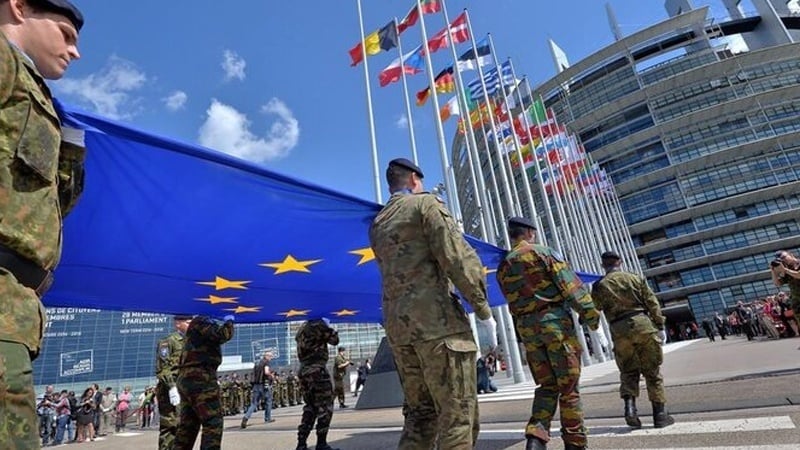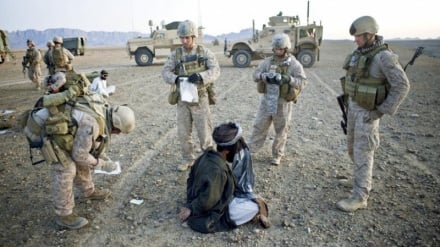Major military rift at the heart of NATO
-

Major military rift at the heart of NATO
Pars Today – Inefficient infrastructure, inconsistent rail standards, administrative hurdles, and poor roads mean that moving European armies to NATO’s frontlines could take up to 45 days—a timeframe that military officials say could render the continent’s deterrence ineffective.
According to Pars Today, a British media outlet recently published an in-depth analysis of Europe’s logistical and infrastructure shortcomings in the event of a large-scale military mobilization toward the continent’s eastern borders. The report emphasizes that defending Europe is not just about buying weapons or increasing troop numbers; the ability to rapidly and reliably move forces, equipment, and ammunition across the continent is equally critical.
The Financial Times begins its article by recounting an incident from a decade ago, described by retired U.S. General Ben Hodges, during which several Bradley armored vehicles were damaged while passing through a railway station in Poland because they struck the platform’s roof. The episode highlights Europe’s chronic infrastructure issues—from bridges and tunnels to stations and rail lines, none of which were designed for modern heavy military equipment.
The article explains that these obstacles became more apparent after the 2022 Ukraine war. For instance, French tanks destined for Romania could not take the shortest land route through Germany and had to be transported by sea. European Union officials estimate that moving an army from Western Europe to NATO’s eastern borders could take around 45 days, whereas the goal is to reduce this to three to five days.
The report identifies a series of technical barriers: European rail gauge widths are narrow for transporting heavy military equipment; steep slopes risk cargo toppling; and track widths differ in the Baltic states, Spain, and Portugal.
Road infrastructure is also described as insufficient. A notable example is the collapse of the Carola Bridge in Dresden, Germany, which has become symbolic of Europe’s logistical problems. The report recalls that in 2022, French Leclerc tanks were halted on German roads due to excessive weight and had to be rerouted by sea.
2,800 critical points
The article states that EU countries have identified over 2,800 critical infrastructure points. Administrative and bureaucratic obstacles are also major issues. Even in times of crisis, armies must comply with customs regulations and labor laws when moving between countries.


